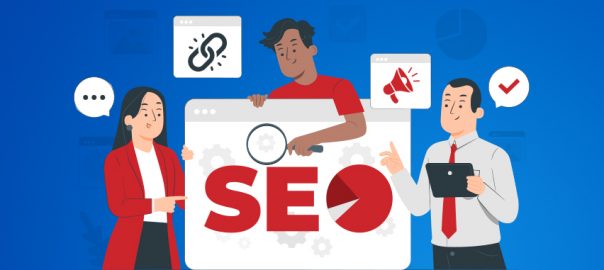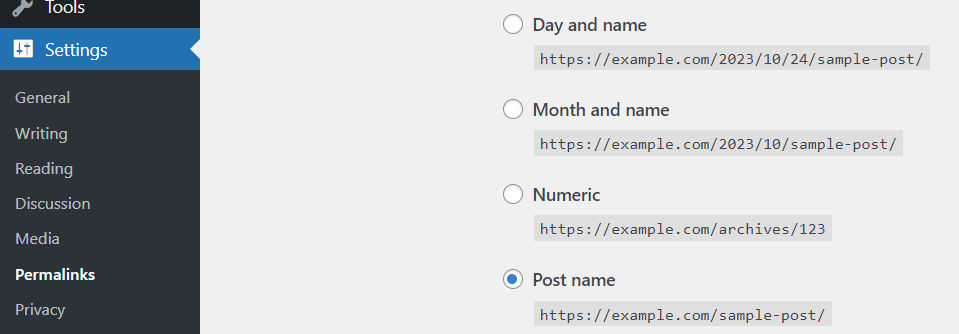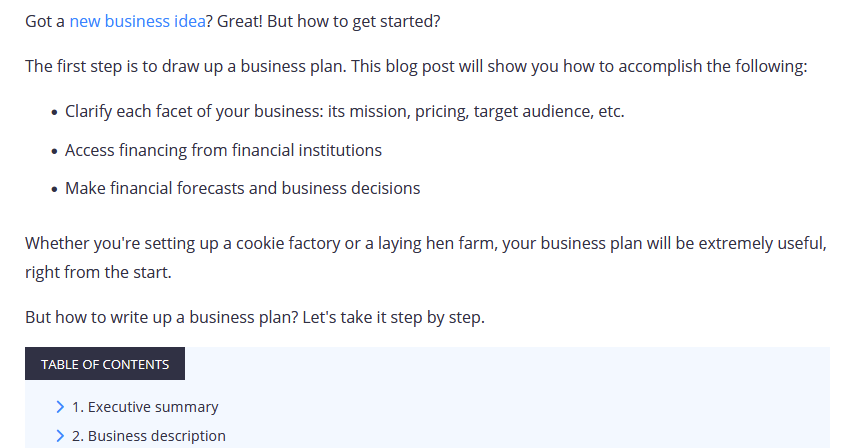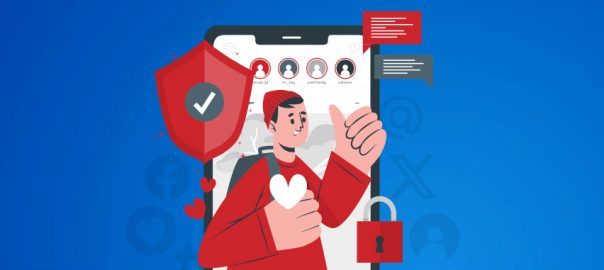Have you ever looked at a logo and wondered why the company chose that? Most probably. Did you ever visit a social media page with incoherent images and colors? Definitely. Have you ever had a bad experience with a company? More than once. All these elements are part of what we call a company's brand image.
What is a brand image?
Commonly known as branding in the communications and marketing world, brand image encompasses all the elements that make up a company's identity, product offering, or services. We can even refer to personal branding in the case of a person. Brand image covers various aspects: visual, auditory, human, symbolic, etc.
A poor brand image can significantly damage an organization's reputation. If you're running your own business or thinking of starting one, it's time to think about these aspects and put them in place. To help you do this, we've covered brand imaging through six elements you should pay attention to.
1. The Logo
We often perceive the logo as the centerpiece of a company’s marketing and branding. In fact, the logo represents a small part of a company's image, even though it's what people see first.

Our logo at WHC
An effective logo must be unique and recognizable. But that's not all. It also needs to be thought through on several levels. For example, when it comes to choosing colors according to their marketing significance. Choosing warm or cool colors will have different effects. Likewise, the icon, fonts, and slogan will all have a purpose. All in all, the logo will reflect the company's identity and values.
2. Visual Identity
Each element must be cohesive, designed precisely, and used consistently in all communications. This mainly applies to colors, fonts and graphic elements.
Even when you're just starting, choosing the right business name is essential. Of course, you can always change it along the way, but changing it can get tricky once you've established your branding.
Here are some key places your visual identity is important:
- On your website
- On your social channels: even seemingly innocuous images should reveal something about your brand
- In traditional advertising: newspaper, billboard or television ads
- On your product packaging
- Even on something as trivial as your favicons
Consistency across all visual identity elements will give you instant recognition.
Take the following example: based on the overall visual identity alone, anyone would recognize which company this is.
You can find creative ways of expressing your identity through different visual media. Canva is an excellent tool for doing this in a variety of formats.
3. Language and Tone
These are two distinct but equally important elements of your brand image. The language used can be formal, casual or colloquial. The tone, on the other hand, can be friendly, humorous, professional, light-hearted etc. Think of it as language being the vehicle, while the tone used help shapes the content’s meaning.
For example, if we say, "Yo, what's up? Fancy tasting our coffee in spite of the 45-degree weather?", then we're using very colloquial language and a humorous tone. The same idea, expressed using formal language and a professional tone, would sound like "Hello, how is your day going? Kindly join us for coffee, and let’s brave the hot weather together." This contrast reveals two very different brand images.
The language and tone you choose should be consistent in all your communications: on your website, your social networks, your blog, and so on.
4. Brand Values
Do you remember a company with which you did business that conveyed its values to you? A company that promoted safety, for example, and managed to convince you through its marketing.
Go back to your own corporate values. What do you want to convey to your clients or future clients? These values must be reflected not only in your business decisions but also in the image you project.
One last detail to bear in mind: your employees are your first brand ambassadors. It's therefore a good idea for your values to be represented and passed on by your entire team!
5. Customer Experience
It's something we don't think about when we talk about brand image, but it can make all the difference. The experience you offer your customers can make or break your image.
Times have changed, and nowadays, people no longer want to be treated as a number. They want to feel unique and have an enjoyable, fulfilling experience.
A positive experience will instantly give you a favorable image. A negative experience will have the opposite effect. Customers are excellent ambassadors: when they're not satisfied, they'll tell others. Sometimes it takes just one interaction to damage or improve your brand image.
Always show your customers that they really matter to you and that you're there to help.
We certainly can't overlook this one in 2023. Having an online presence on various social networking platforms will give your brand a great deal of visibility and credibility.
Here are some key takeaways:
- Be consistent. There's no point posting 3 times one week and then going half a year without a peep
- Keep your information up to date, as there's nothing more annoying than having the wrong phone number displayed – your customers won't keep searching for the right number, they'll just move on
- Make sure to include the preceding five elements in all your publications
Optimizing your online presence can sometimes be scary, especially if you don't know how to go about it. You can start by creating a social media strategy.
Pretty soon you'll see yourself reaping all the benefits!
Final Thoughts
Neglecting these key aspects of your brand image may put your business at risk. The consequences can include a down-spiraling reputation, customer dissatisfaction, a drop in sales, and difficulties in recruiting new employees. And your competitors may even take advantage of your shortcomings to gain ground.
A solid foundation for your brand image is therefore a priority. What are your core values? What messages do you want to convey? And how?
You can surround yourself with experienced professionals who can assist you in building or improving your brand image. Their expertise and strategic vision will help you strengthen your positioning.
Obviously, this is a long-term investment that requires time, effort and resources. But you'll gain so much from it!














